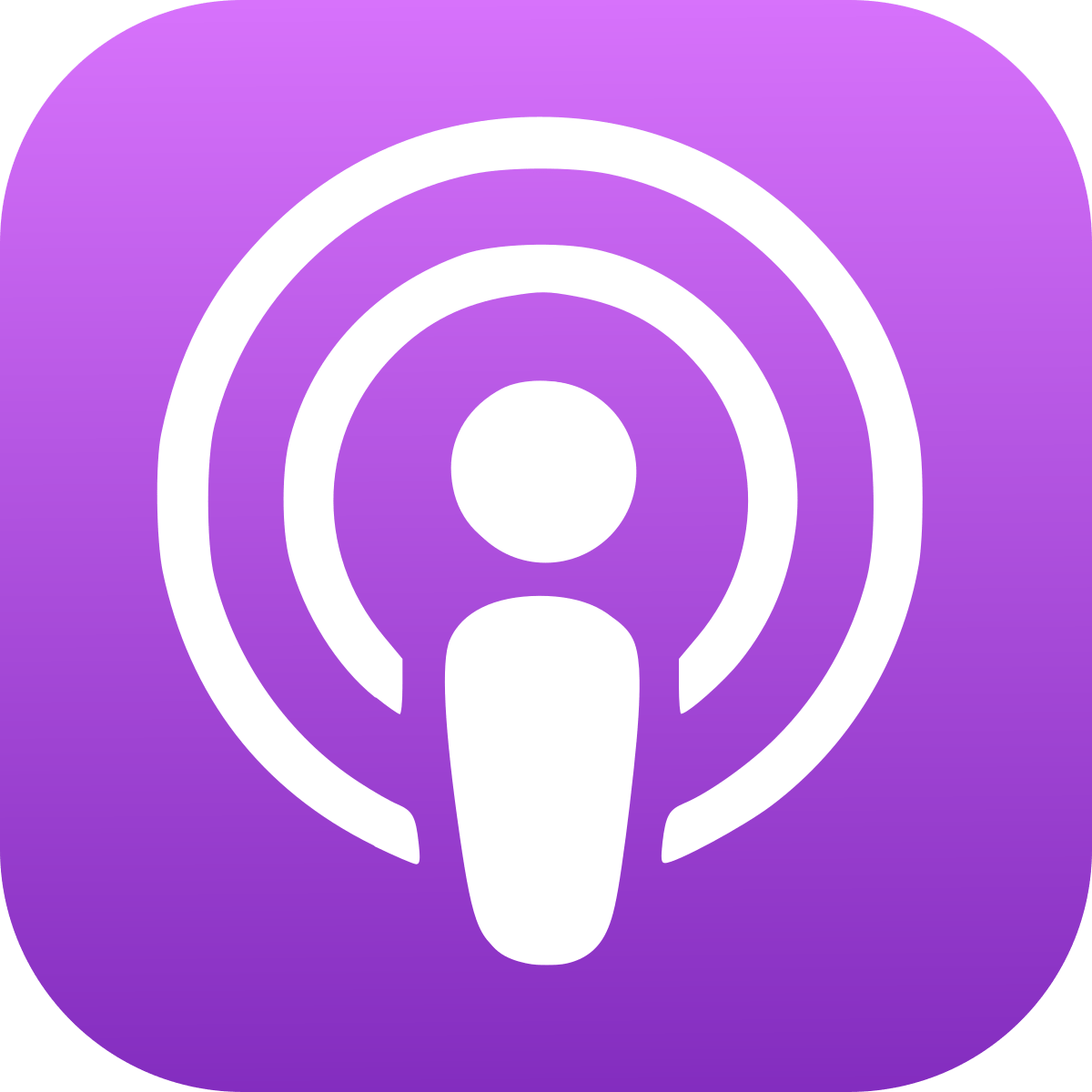Improve Performance Using 12 Action-Oriented Words
Priming studies have had some negative press over the past ten years – some of it justified, some of it not. The idea that small, often unnoticed items in our environment play a significant role in our thinking and behavior, is controversial.
One of the strongest supporters of priming, Gary Latham, told us that he was a skeptic on the subject prior earlier in his career, even going so far as to tell his research assistant that he would eat the paper that the research study was printed on if she found priming to be true. Although he did not actually eat the paper, he did switch his tune based on the findings that she found as well as subsequent research he did.
In this blog, we examine a paper that Gary did in 2018 along with Alexander Stajkovic, Kayla Sergent, and Suzzanne Peterson called “Prime and Performance: Can a CEO Motivate Employees Without Their Awareness?”
Background
Priming research had typically been done in the laboratory – where researchers could control many of the confounding factors that they wanted to study. In these studies, participants were either primed subliminally – in other words, below their cognitive awareness. An example of this is when words are flashed in front of them so fast that their brains can’t consciously process them, but our unconscious actually picks up on them.
Another way to study priming is supraliminally – when a person is aware of the prime, just not that it should have an impact on their behavior. For instance, doing a word search or unscrambling a sentence that contains key concepts or ideas in them.
In both types of interventions, the subjects were then put into a situation where their behavior was measured to see if the prime had an impact. It is important to note, that in both types of studies, the participants were unaware that they were being primed.
The Study
What Latham and his colleagues did in this paper was to take the priming out of the lab and brought it into the wild (i.e., a real-world environment). They recruited a for-profit business whose CEO wrote a weekly e-mail that was sent to the entire company. This e-mail was short and intended to inspire and motivate the employees for the week. What the researchers did, was to take that weekly e-mail, and for half of the organization, they replaced 12 regular words with achievement-oriented words and then measured the difference in performance for that week.

What the researchers were trying to understand was if goal motivation could be primed. Gary Latham, in particular, has spent his life exploring goals and employee motivation, and in particular, the circumstances under which people successfully achieve goals put before them.
The study included 46 employees whose average age was just over 30 years old and working as customer service reps – answering phone calls about issues and providing solutions for a major retail store in the US. At the end of each week in the two-week study period, the researchers reviewed the performance of each of the employees and tabulated the results based on which condition they were in.
The CEO’s e-mail contained 100 words – of which 12 were replaced with more “achievement-oriented” words such as “Prevail” “Accomplish” “Compete” “Strive” and “Triumphed” to name just a few. See the two different e-mails below:
Version 1
All,
I want to take a minute to celebrate our accomplishments at [one-word,
name of the company]. As we move past the holiday season, let us
remember our successes. I see you master what you do, strive to
overcome obstacles, and prevail. With such mindset, sky is the limit to
what we can achieve. As you live our motto—have fun, make money,
grow your career—please know that your triumphs are appreciated!
Our attainments are impressive. How we continue to thrive is in our
hands. I hope we continue to compete each day, gain customers, and
win together. Thank you for your service!
Thank you for your commitment to [one-word, name of the company],
CEO name
Version 2
All,
I want to take just a few minutes out of your day to thank you for all that
you do for [one-word, name of the company]. As we move past the
holiday season, I want to remind you that we need to do our best and
take advantage of all that we have built over the last several months.
When you come to work each day, you need to remember what is
important to our business. As you live our company motto—have fun,
makemoney, grow your career—know that you are appreciated. Thank
you for your service to [one word, name of the company].
Thank you for your commitment to [one-word, name of the company],
CEO Name
The company used an automated tracking system that measured employees’ job performance that looked at “Average Call Handling Time” which is the time they spend on the phone handling customer issues. They also looked at the “Average Call Resolution Time” – which is the percent of calls that an employee resolves the issue on the first call.
The researchers compared the data from the week prior to the intervention with the week during the intervention.
The results were powerful. They found that those employees who received the achievement-oriented e-mail, improved performance on their Average Call Handling Time by 35%. That is the amount of time that they spent on the phone handling the customer issue. This was a significant improvement over the control group.
In looking at the Average Call Resolution Time – the experimental group achieved a 15% performance improvement over the control.
The researchers also did some interesting analysis to look at if all or a majority of the gain came from just the day they received the e-mail. While not getting into the details here, they found that there was a significant improvement by the employees in the achievement-oriented condition throughout the entire week.
They also explored whether or not people had realized there were achievement words or other manipulations that were going on – and they found that no one realized there were different e-mails that were sent out or felt like there was any manipulation happening.
In addition to this study, the researchers also did some follow-up in the lab. They conducted a separate with 151 MBA students exploring how many unique uses could they come up with for a common object in a limited amount of time – that study showed similar performance results.
In this study, they primed the students through a word search that used the action-oriented words – again, 12 achievement words in 100 words total compared to neutral words being used in the control. Students were asked to brainstorm ideas for uses for a common object (a coat hanger). Following the brainstorming task, participants were asked how motivated they were as well as measured the number of uses that the different groups came up with. They found that students who had seen the action-oriented words reported higher levels of motivation for the task as well as coming up with more unique uses for the common object.
Implications
In this study, primed achievement words improved the efficiency of employees, that is, how fast they handled calls, in addition to improving how well they handled calls as measured by how well they were able to solve a customer’s issue on the first call. The researchers hypothesize that because the achievement words primed the motivational goals for high performance that the employees behaved in a different manner, which positively impacted their performance. Improve Performance Using 12 Action-Oriented Words Click To Tweet
The behavior that people exhibited, was influenced by the changed words in the CEOs e-mail.
The implication of this is that words matter. Positive, goal-oriented words act, at least in this study, as a way of priming one’s own goal motivation. Tapping into this phenomenon can be a powerful tool.
These performance lifts were pretty significant for such a simple intervention. It is important to be a bit skeptical about these findings – the impact of changing 12-words was pretty significant.
One of the limitations of the study is its small sample size – which could lead to an exaggerated effect or a Type 1 error. However, they did conduct a separate study, albeit in the lab with 151 MBA students exploring how many unique uses could they come up with for a common object in a limited amount of time – that study showed similar performance results.
Another limitation was with the measurement potentially being influenced by the people measuring it – but the measurements were already in place and automatic AND people did not even realize that there was a study going on, thus limiting our concern that they were influenced.
So with that as a background, it appears that their leaders should be using more positive, achievement-type words in their communication with their employees. That by replacing more common words with these words in their communication to their employees, they could see a lift in performance. While we don’t believe that everyone will achieve the same performance lift that they saw here, the benefit certainly is worth the cost. As Annie Duke says, it’s a “free roll.”
Also, corporate communications could also benefit from this purposeful selection of words as well. Particularly as it relates to the behaviors that they are trying to motivate. So that if you are trying to motivate safety, you would prime safety words. If you are trying to drive improved attention to detail, you can prime detail orientation.
The possibilities are pretty wide open!
NOTE: In future Groove Tracks we will be exploring some additional research on priming – both positive and negative. Please subscribe to our YouTube channel or podcast to ensure that you are aware when those episodes drop.
BEHAVIORAL GROOVES BLOG
- August 18, 2022 Improve Performance Using 12 Action-Oriented Words
- August 4, 2022 Groove Track: Why You Can’t Find a Cab on a Rainy Day!
- July 21, 2022 Mind Over Milkshakes: how our expectations change reality
- April 12, 2022 How One Man’s Social Identity is Inspiring the World
- February 11, 2022 Sweet Regret
- January 12, 2022 How to craft powerful goals – for you and your team!
- January 29, 2021 Being a Catalyst For Change with Jonah Berger (Bonus Track)
- November 13, 2020 The rule of 4 and other hints to improve your life with Roy Baumeister (Bonus Track)
- November 13, 2020 Using priming to improve your life – our interview with Dr. John Bargh (Bonus Track)
- October 23, 2020 Using moral arguments to change opinions with Andy Luttrell (Bonus Track)
- September 29, 2020 Habits vs Routines
- September 29, 2020 Good Prime – Bad Prime
- April 8, 2020 Why toilet paper?











